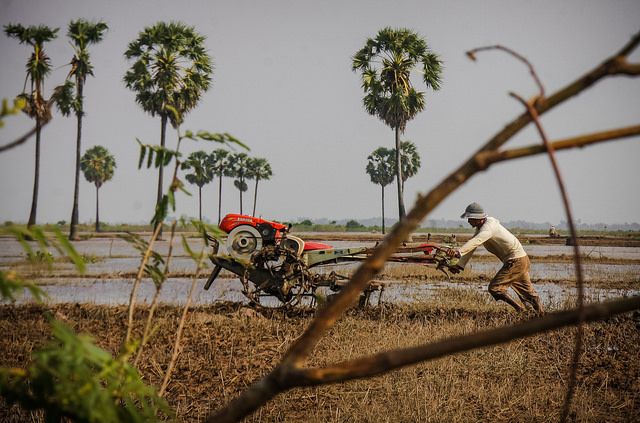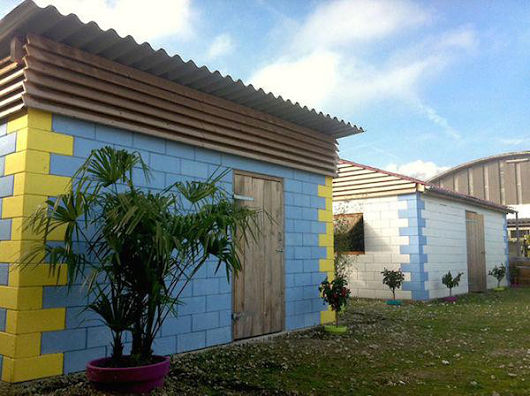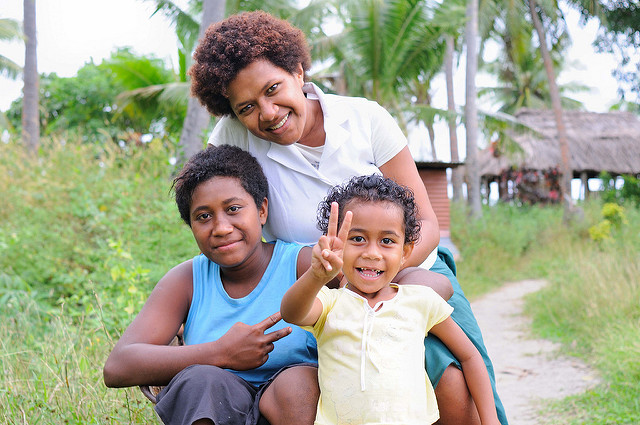 In February of 2016, category five Tropical Cyclone Winston killed 44 people and negatively affected the lives of the 540,000 residents of Fiji. Recorded as the most powerful storm to ever hit the Southern Hemisphere, Fiji was in desperate need of emergency assistance. The Australian government was one of the first to step in to help, as they are economic partners with Fiji, and donated $15 million worth of emergency humanitarian assistance. Australia was able to provide humanitarian aid to Fiji that changed the lives of thousands of people for the better.
In February of 2016, category five Tropical Cyclone Winston killed 44 people and negatively affected the lives of the 540,000 residents of Fiji. Recorded as the most powerful storm to ever hit the Southern Hemisphere, Fiji was in desperate need of emergency assistance. The Australian government was one of the first to step in to help, as they are economic partners with Fiji, and donated $15 million worth of emergency humanitarian assistance. Australia was able to provide humanitarian aid to Fiji that changed the lives of thousands of people for the better.
The Australian government enacted an aid program to provide assistance to Fiji. Australia’s Department of Foreign Affair and Trade’s aid program focuses heavily on creating a prosperous Fiji through development assistance for the rural poor. The focus is on aspects of education and economic opportunity. The program includes three objectives to be addressed and resolved. The three components are increased private sector development, improved human development and Tropical Cyclone Winston recovery. A total of $65.6 million in the 2017-18 years will be contributed to the resolution of Fiji’s most important issues.
The third objective in Australia’s aid program is of utmost importance as recovery processes are still being made post-cyclone. Altogether, Australia has contributed $35 million in assistance services. Five million dollars was used for lifesaving supplies and support, $10 million was used to send children back to school and provide health services to residents and $20 million was leftover for Fiji’s long-term recovery.
The $20 million is to be used primarily for reconstruction of hospitals and schools, replacing damaged medical equipment and restoring water and sanitation systems back to their original state. The rebuilding of communities is allowing individuals to return to work, whether that be to their farms or to the markets.
Australian non-profit CARE was among the many emergency responders after Cyclone Winston. Their humanitarian aid to Fiji was able to bring relief to more than 25,000 residents across 231 communities.
CARE distributed emergency shelter kits to 2,500 families, hygiene kits to 4,196 families, constructed 17 community water supply systems and 253 toilets, distributed seed kits to 4,290 families and conducted agricultural training for 231 communities.
The Australian Red Cross has also been a large contributor to the recovery efforts. The Red Cross has successfully provided supplies to more than 50,600 families to assist in the repair of their houses and with medical issues. After the cyclone, the Australian Red Cross managed to raise a total of $4.2 million, in just three months, to use towards humanitarian aid.
Every contributor to Fiji after Cyclone Winston helped the country to work towards rehabilitation at a more successful pace. With the year-plus humanitarian efforts, Fijians were able to begin recovery. Australia’s contribution of humanitarian aid to Fiji gave the country the opportunity to find itself again.
– Brianna Summ
Photo: Flickr
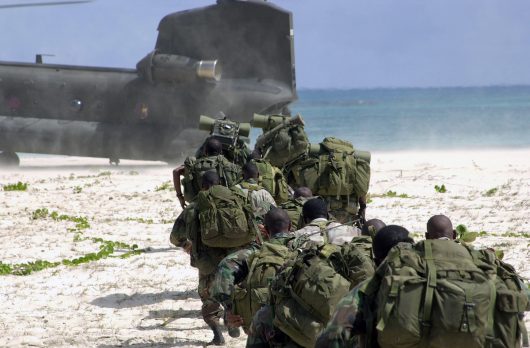 Located on the eastern coast of Central America, surrounded by the Caribbean Sea and the rainforest,
Located on the eastern coast of Central America, surrounded by the Caribbean Sea and the rainforest, 
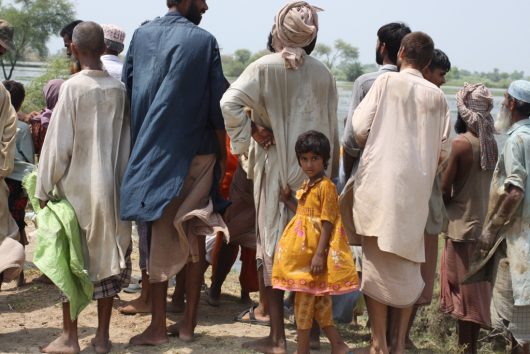
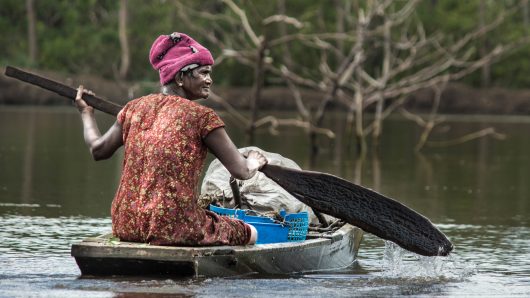 Recently, many acres of
Recently, many acres of 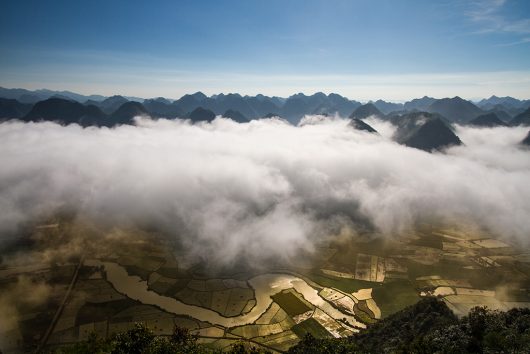 The U.S. government will help Vietnam respond to severe drought and saltwater intrusion by providing a disaster relief grant, USAID announced on April 8. The
The U.S. government will help Vietnam respond to severe drought and saltwater intrusion by providing a disaster relief grant, USAID announced on April 8. The 